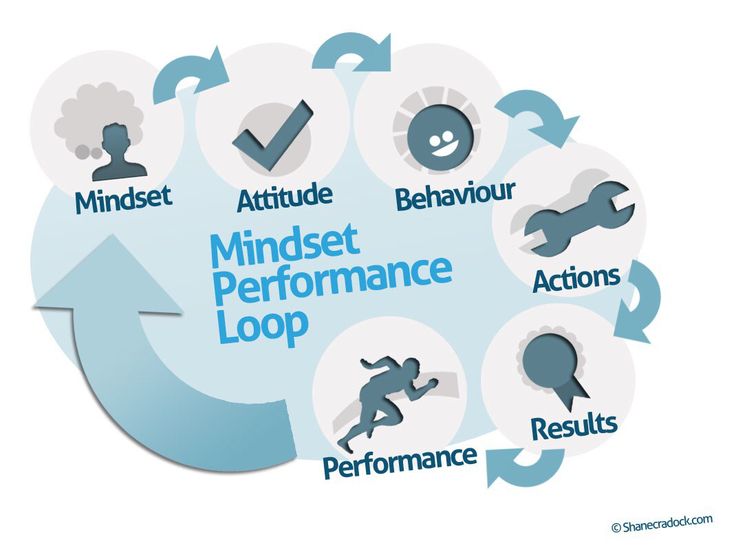
Five Must-Dos to Improve Employee Engagement – Transform the Zombies into Humans
Did anyone watch any good zombie movies or shows lately? I did unfortunately and the thought running through my mind watching the zombies in there was that we have our own version of zombies in the corporate world. Think about it – some people leave their minds and hearts out the moment they check in at office – put in the hours, do what they are told to do, do their best not to get “committed” and definitely not care…and then there are some for whom work is personal, they care, they come to work to learn and grow, they build relationships at work and in general just have fun.. Employee engagement, also called worker engagement, is a business management concept. An “engaged employee” is one who is fully involved in, and enthusiastic about their work, and thus will act in a way that furthers their organization’s interests. The opposite of employee engagement is a zombie employee. A zombie employee is a disengaged employee that will stumble around the office, lower morale and cost the company money. (Wiki). Valid analogy there, don’t you think? And that brings me to the topic of today’s post – Employee Engagement – Transforming the zombies into humans.
Concentrating on employee engagement can help companies withstand, and possibly even thrive, in tough economic times. Gallup researchers in 2012 studied the differences in performance between engaged and actively disengaged work units and found that those scoring in the top half on employee engagement nearly doubled their odds of success compared with those in the bottom half. Take a look at the table below from Gallup that clearly establishes the connection between employee engagement and critical performance metrics:
So what surprises me is why senior leadership often times just pays lip service to such an important aspect of business performance and growth. One annual engagement survey, a bit of brouhaha over the survey results if they are not good enough against benchmarks, a few actions handed over to the HR teams and then business as usual till the next survey results which of course will not be any different from last year or the previous year.
Employee Engagement initiatives must be enmeshed into the day-to-day operations of the company – I firmly believe that if you take care of the people, the company results take care of themselves. And when I think of the “people” factor of operational excellence, Tom Peters always come to mind. His “Excellence Now” philosophy is centred on People First and I will be quoting him liberally in the must-dos below. He says that an organization is first and foremost a “CATHEDRAL” dedicated to human development. So how do you build and sustain this cathedral on a day-to-day basis? Here are five principles that I have seen work:
Must Do #1: Hire for attitude and culture “fit” –
Adaptive organizations will have workforces which are hired for attitude and character and proven teamwork as much or more than for skill. In all my years of managing people, I have never had to give up on a team member for lack of skills. Skills can be developed, attitudes is another story. Your hiring process needs to build this focus into sourcing profiles; conducting interviews and doing reference checks (get tips in this post). Trust me, one talented terror in an influential position can throw cold water over all the good work done by other engagement initiatives. So, you have done a mistake in hiring or promoting a talented terror (a high performer with lousy attitudes), quick – go undo it fast!
Must Do #2: Be Transparent –
This ties in with trusting people and giving them respect. Build an environment of information sharing and transparency at all levels. Problems – share it across and enlist support. Mistakes – Admit it and gain credibility. Successes – Celebrate sooner rather than later, big or small doesn’t matter as long as everyone’s invited. Ask people the “What DO You Think” question often and then act on the feedback (while letting people know that you are on it) – simple way to show that you respect your team and the greatest source of wisdom for you. Senior leadership should share a workable plan to support their vision and ALWAYs back up words with actions to inspire confidence and trust. Employees who don’t feel significant rarely make significant contributions.
Must Do #3: Create Policies and Processes with People First philosophy in mind –
If you want to WOW your customers then you must first WOW those who WOW the customers! There are so many ways to provide the best employee experience and not all of them will cost money (though your return on investment here would be much higher than say. capex investments) Offer competitive base salaries linked to value creation (ever heard the idiom, throw peanuts and you will get monkeys?), link variables to achievable business goals, have a great rewards programs that includes both cash and perks, provide tools and technology environment that help and not hamper employee productivity, take feedback from all employee levels when designing pay and benefits programs. CARE and be FAIR, in short.
Must Do #4: Help People Succeed –
Boss Job #1 is serving employees, helping employees not just “do good work”—but helping them succeed and grow. This one is about people and leadership development and training – about providing career advancement and growth opportunities. Give self- assessment tools and self career management training for all employees so they move to becoming the CEOs of “YOU Inc.” Build the ABSOLUTE BEST Cadre of 1st LINE MANAGERS … or BUST! Provide alternatives to job growth ladders and create and maintain an effective and widely accessible internal job posting process. Create a strong mentoring/buddy culture. Design training programs as a game and fun for everyone. An organization can only become the-best-version-of-itself to the extent that the people who drive that organization are striving to become better-versions-of-themselves.
Must Do #5: Connect, Get Personal and Make Work Fun –
This is part of my company’s vision statement and something that I strongly believe in. Each one of us can get this right – it is simple. As Dee Hock, founder, Visa said – “Ph.D. in leadership. Short course: Make a short list of all things done to you that you abhorred. Don’t do them to others. Ever. Make another list of things done to you that you loved. Do them to others. Always.” Need I say more? We just need to keep this in mind in every interaction, every meeting, every communication that we have in the workplace. Give before you get. Appreciate people who do this always and encourage and participate in fun at the workplace. And the more of us who do this, the more this culture spreads getting engagement levels up slowly and surely.
To sum up, here is the leadership/management manifesto for Employee Engagement from Tom Peters himself: our job as leaders—the alpha and the omega and everything in between—is abetting the sustained growth and success and engagement and enthusiasm and commitment to Excellence of those, one at a time, who directly or indirectly serve the ultimate customer.
So what do you think? Do you think Employee engagement initiatives are a waste of time ? How have you transformed zombies into humans in your organization or in your teams? What do you think I have missed in the points above? I would love to hear back and learn from you.





